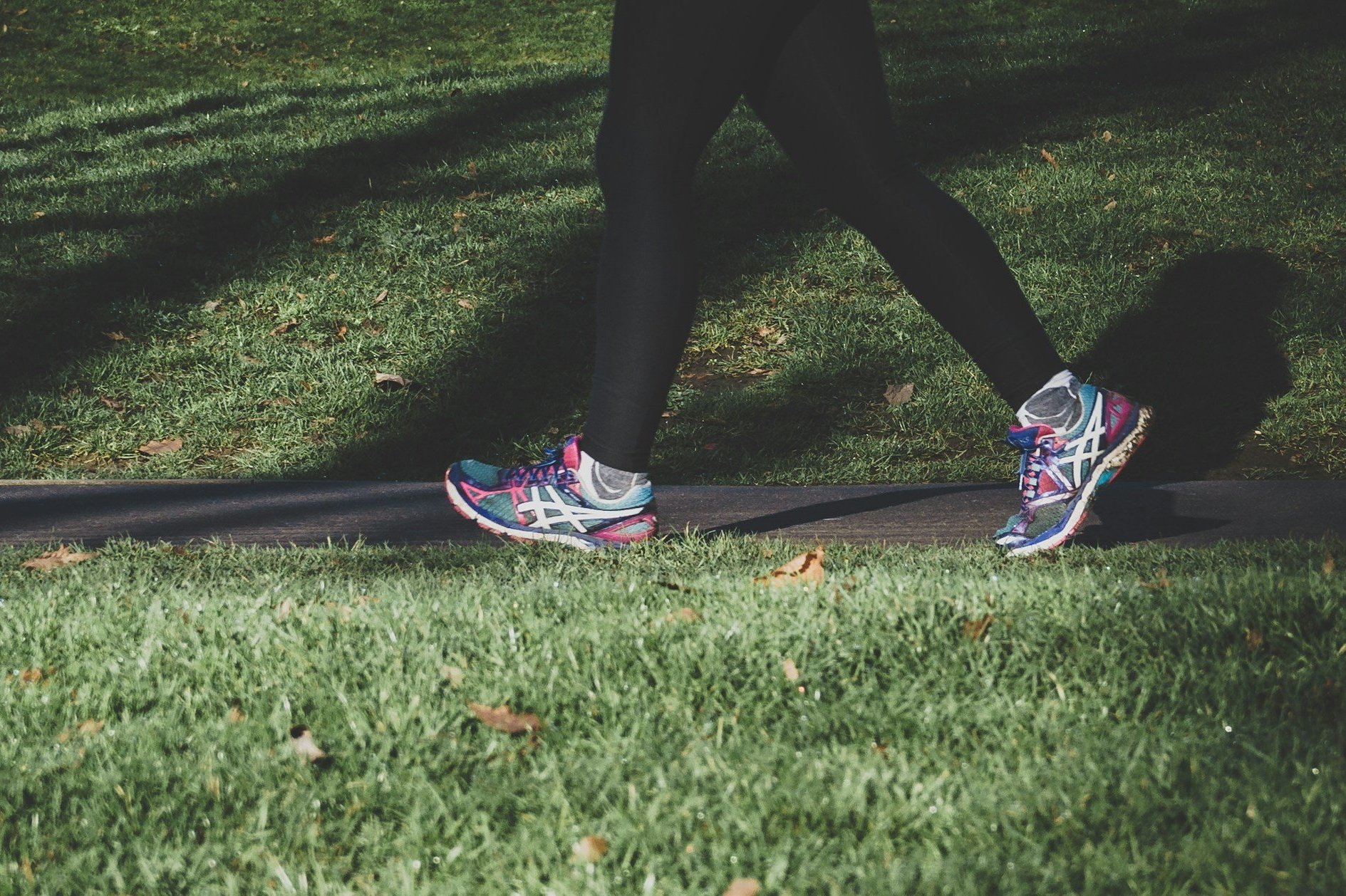Finding Time for Fitness in a Busy Life
Work, kids’ schedules, errands, chores—life. It feels like there’s never enough time in the day, and when someone says they just don’t know where exercise can fit into their routine, it’s a legitimate concern.
But here’s something you might not know: only a small percentage of our daily energy burn comes from exercise. In fact, activity-related energy expenditure only accounts for about 15-30% of our total daily energy burn. The rest comes from our body’s natural processes—digestion (thermic affect of food), circulation, breathing, and organ function, all of which contribute to our resting metabolic rate (RMR).
The good news? Activity-related energy expenditure is the one factor we have the most control over. And we can improve it by increasing two things:
Exercise Activity Thermogenesis (EAT) – Energy burned through structured exercise.
Non-Exercise Activity Thermogenesis (NEAT) – Energy burned through non-structured movement.
Boosting Your NEAT: Simple Ways to Add More Movement
NEAT is the easiest way to increase your daily movement without requiring a dedicated workout. It includes all the non-structured activity in your day—walking, household chores, taking the stairs, even fidgeting.
You’ve probably heard common tips like:
Park farther away from your destination.
Walk instead of driving when possible.
Take the stairs instead of the elevator.
Put away laundry one item at a time.
But what about when work or parenting takes over?
It’s easy to get caught up in tasks and realize you’ve been sitting for hours. Here are some ways to sneak in movement:
At work: Take calls while pacing. Set calendar reminders to stand and stretch. If possible, many people enjoy the use of a walking pad with a standing desk.
Busy with kids: Get involved. Play tag, ride bikes, go for a walk, or join their games.
Every bit of movement adds up. The more you integrate it into your daily routine, the easier it becomes.
Finding Time for EAT: Breaking the “All-or-Nothing” Mindset
When it comes to structured exercise, we want to look at the exercise activity thermogenesis (EAT). This is the caloric expenditure through structured exercise (exertion over the normal day to day activities). Many people struggle with the idea that if it’s not 30 or more minutes, it doesn’t count. This mindset can make working out feel overwhelming.
But here’s the reality: small, consistent efforts add up. You don’t need a gym or a full hour to start seeing benefits. Instead, find 5-10 minute windows in your day for light exercise. Breaking up the workouts into these smaller times will add up!
Quick & Effective Mini-Workouts
If you have just 5-10 minutes, try these simple, full-body movements:
Bodyweight squats to overhead reaches
One minute of jumping jacks
Countertop push-ups
High knee marches
Want to step it up?
Grab dumbbells for bicep curls
Add weights to squats for an extra challenge
Increase the speed of your high knee marches into a jog
By finding small windows to move throughout the day, you’ll build momentum. Before you know it, you’ll feel better, have more energy, and be ready to carve out even more time for yourself.
You don’t have to wait for the perfect time to start—the important thing is to just start.


